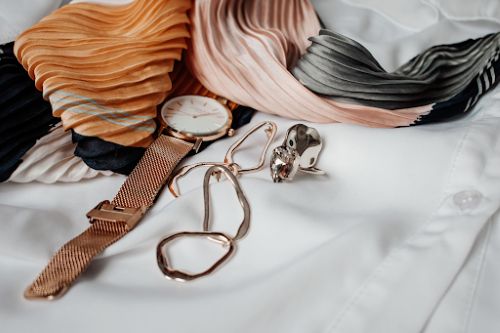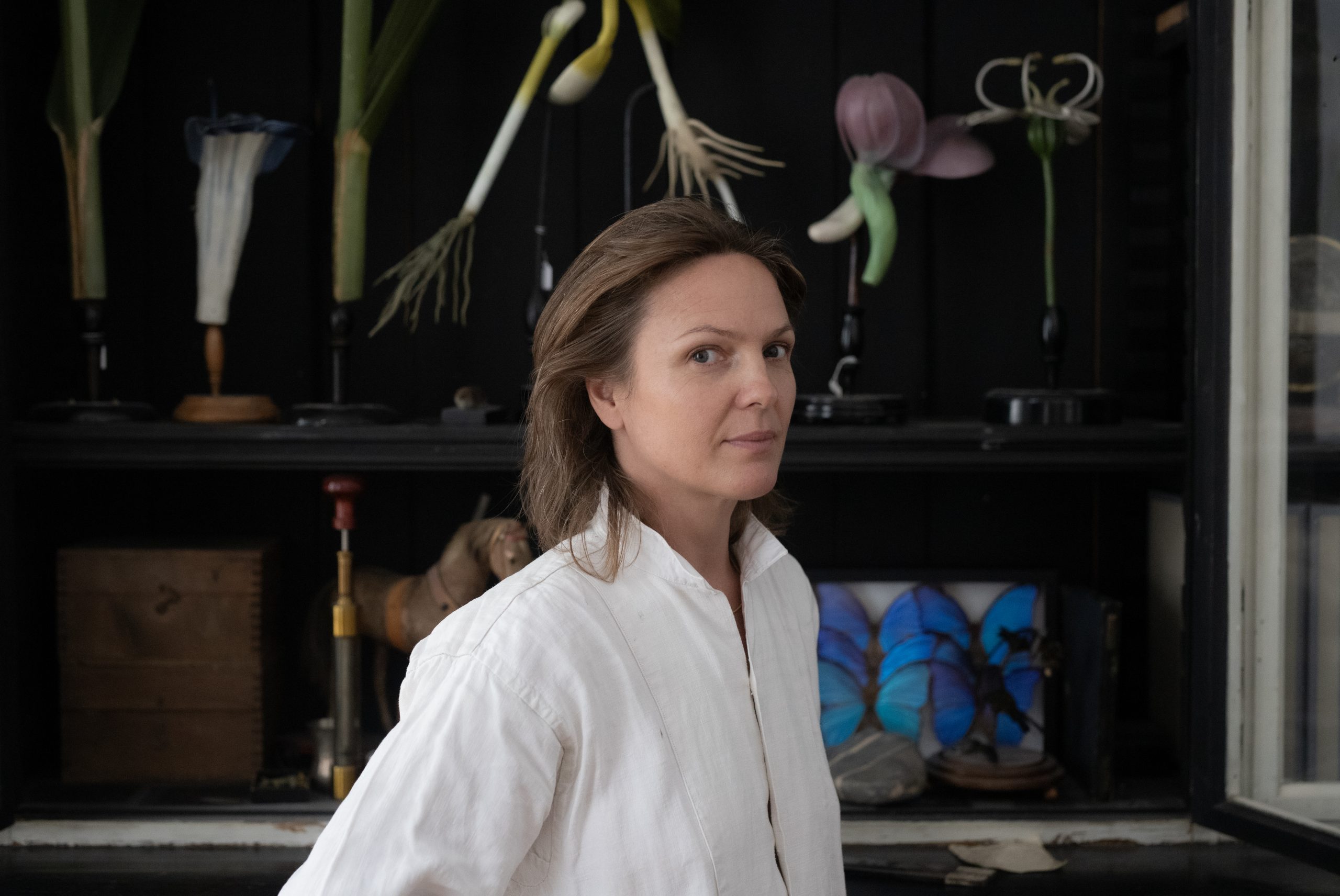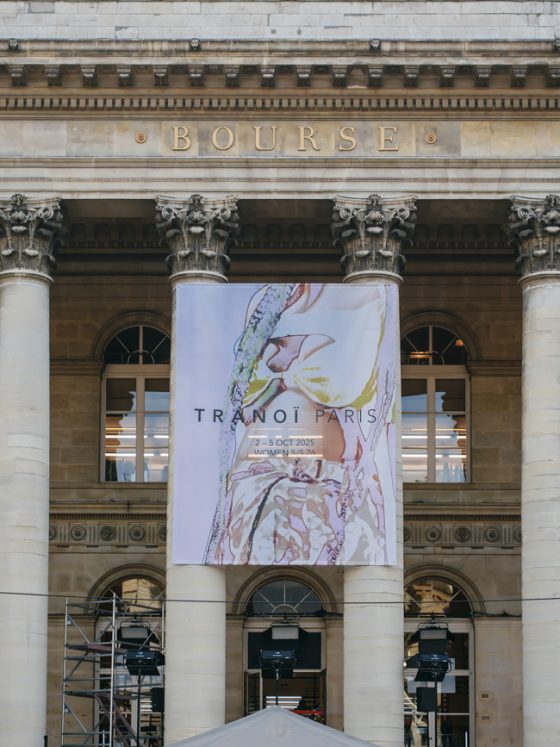For centuries, watches have not only been instruments for measuring time, but also objects of cultural expression and technical refinement. Among the many watchmaking innovations, the integration of languages in the display of days and dates is a feature that combines practicality and cultural identity.
Multilingual watches: a much-appreciated rarity
For centuries, watchmaking has been a mainstay of the cultural heritage of many nations. From the sundials of Antiquity to the mechanical watches of the 18th century, each era has seen the emergence of techniques and styles that reflect its cultural advances and influences. In Switzerland, France, Germany and Japan, watchmaking has shaped the industrial and artistic history of many regions, giving rise to traditions of excellence and meticulousness that continue to this day.
Most watches with day displays feature widely used languages such as English, German or French. However, some watchmakers have gone further by integrating less common or regional languages. This approach not only enhances their linguistic heritage, but also adds a unique touch to their creations.
A world first in Basque and French
French watchmaker MARCH LA.B is unveiling a unique model celebrating the Basque language. The AM2 Euskal features a day display in French and Basque, a watchmaking first that underlines the brand’s commitment to cultural heritage.
Inspired by the watches of the 1970s, this timepiece has a Basque red dial, a 39 mm square case and a taurillon leather strap, tanned in France by Rémy Carriat in Espelette.
Watchmaking at the service of cultural heritage
Watchmaking, much more than a precision art, is also a witness to our cultural heritage. Throughout the ages, watches and clocks have served not only to measure time, but also to preserve ancestral know-how, promote regional identities and pay tribute to cultural traditions.
By working with local craftsmen, incorporating historical symbols and drawing inspiration from the past, the watchmaking industry plays a key role in transmitting and highlighting the world’s heritage.





























Follow us on Instagram